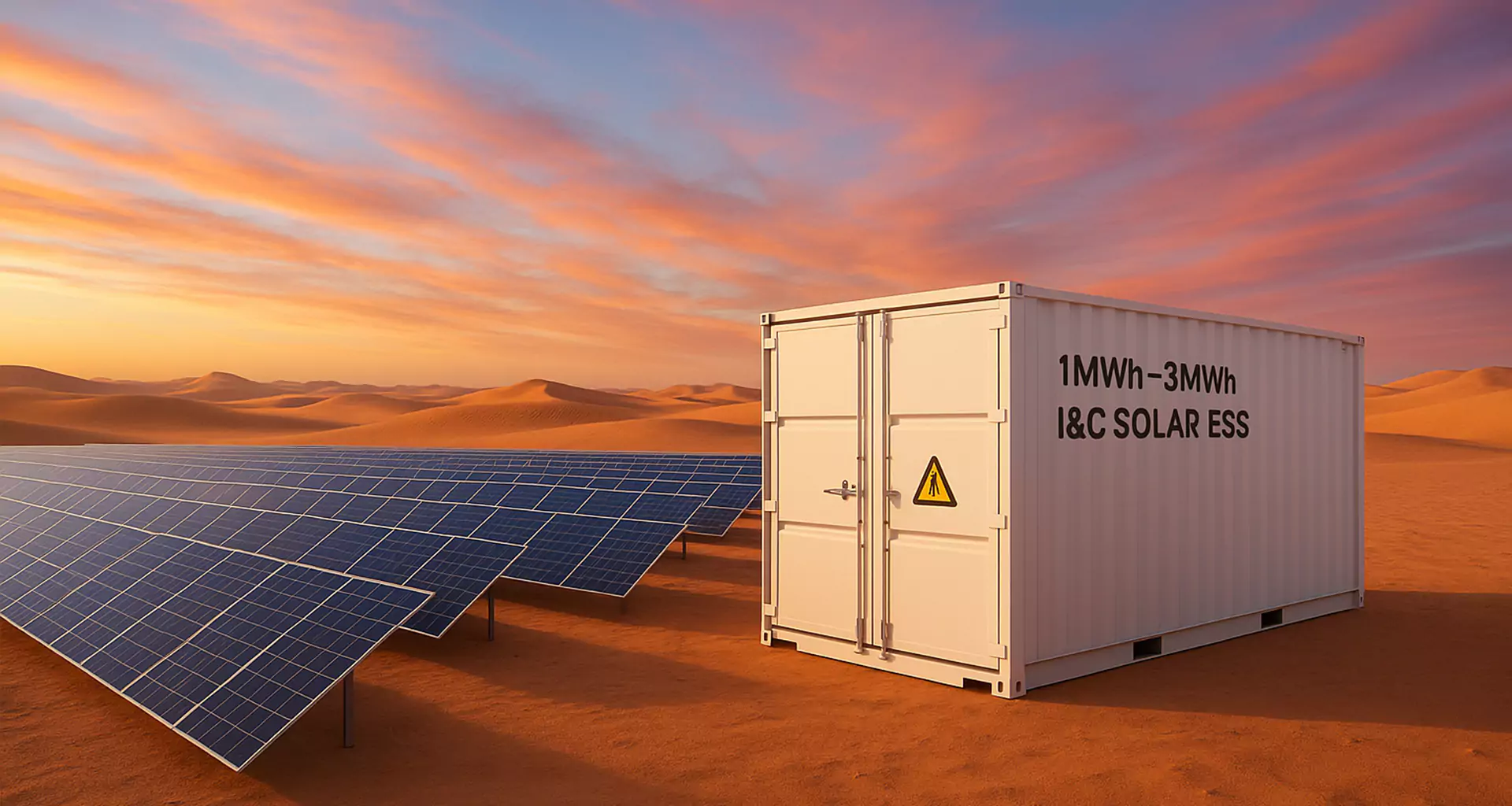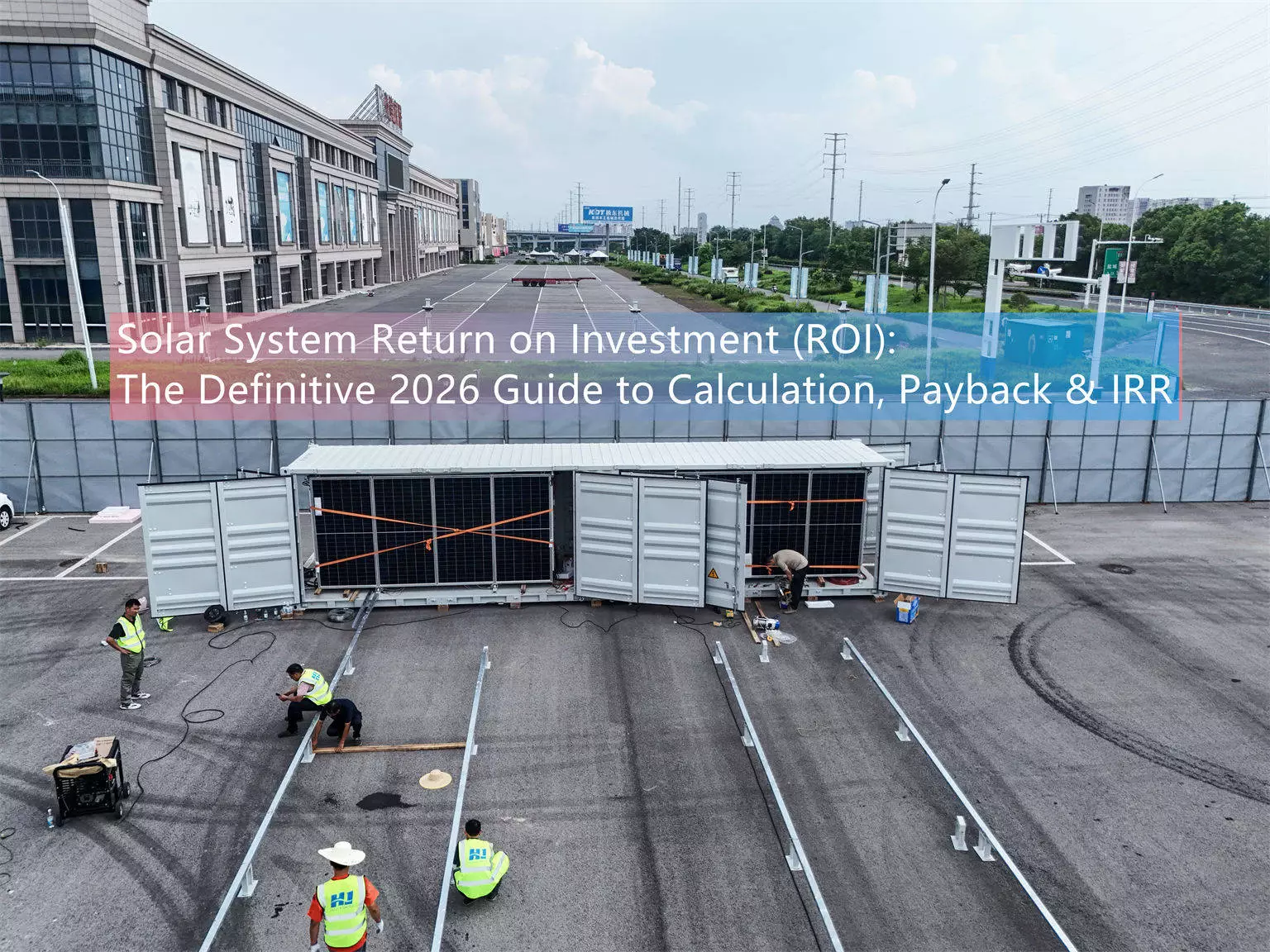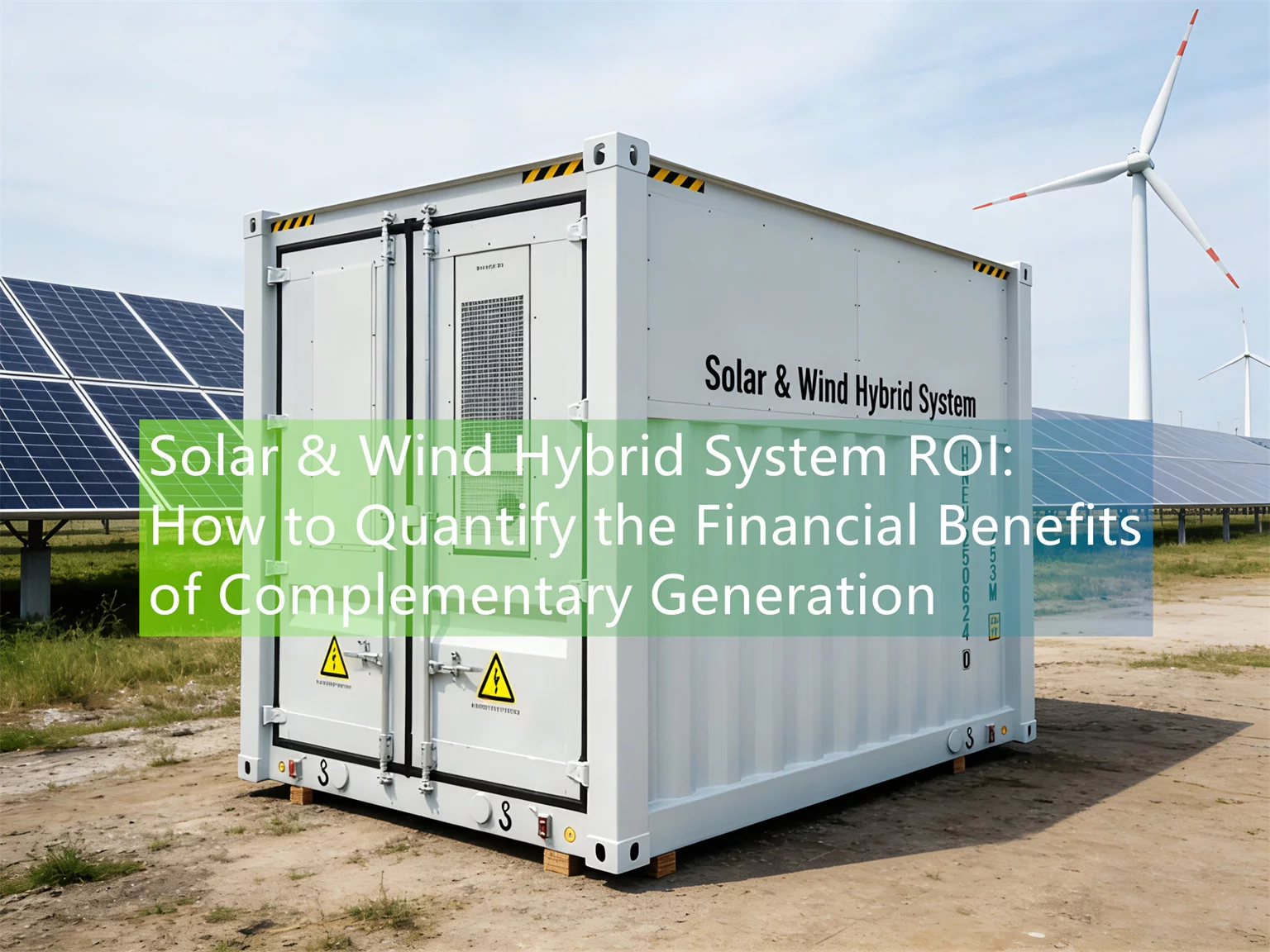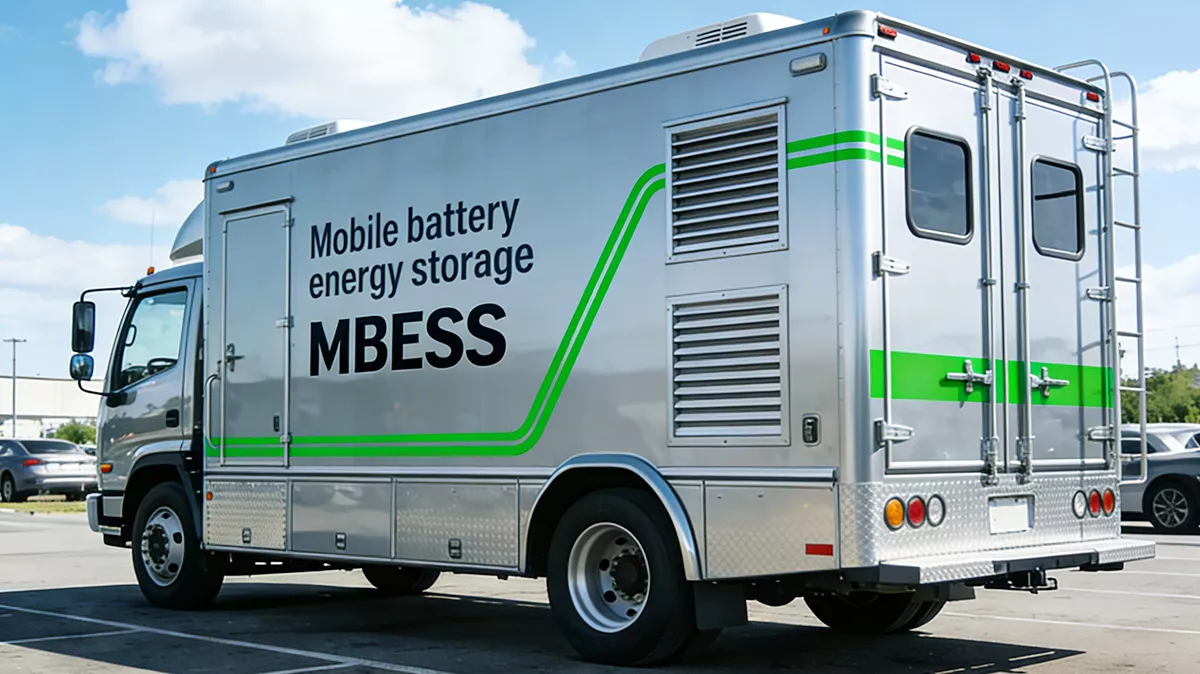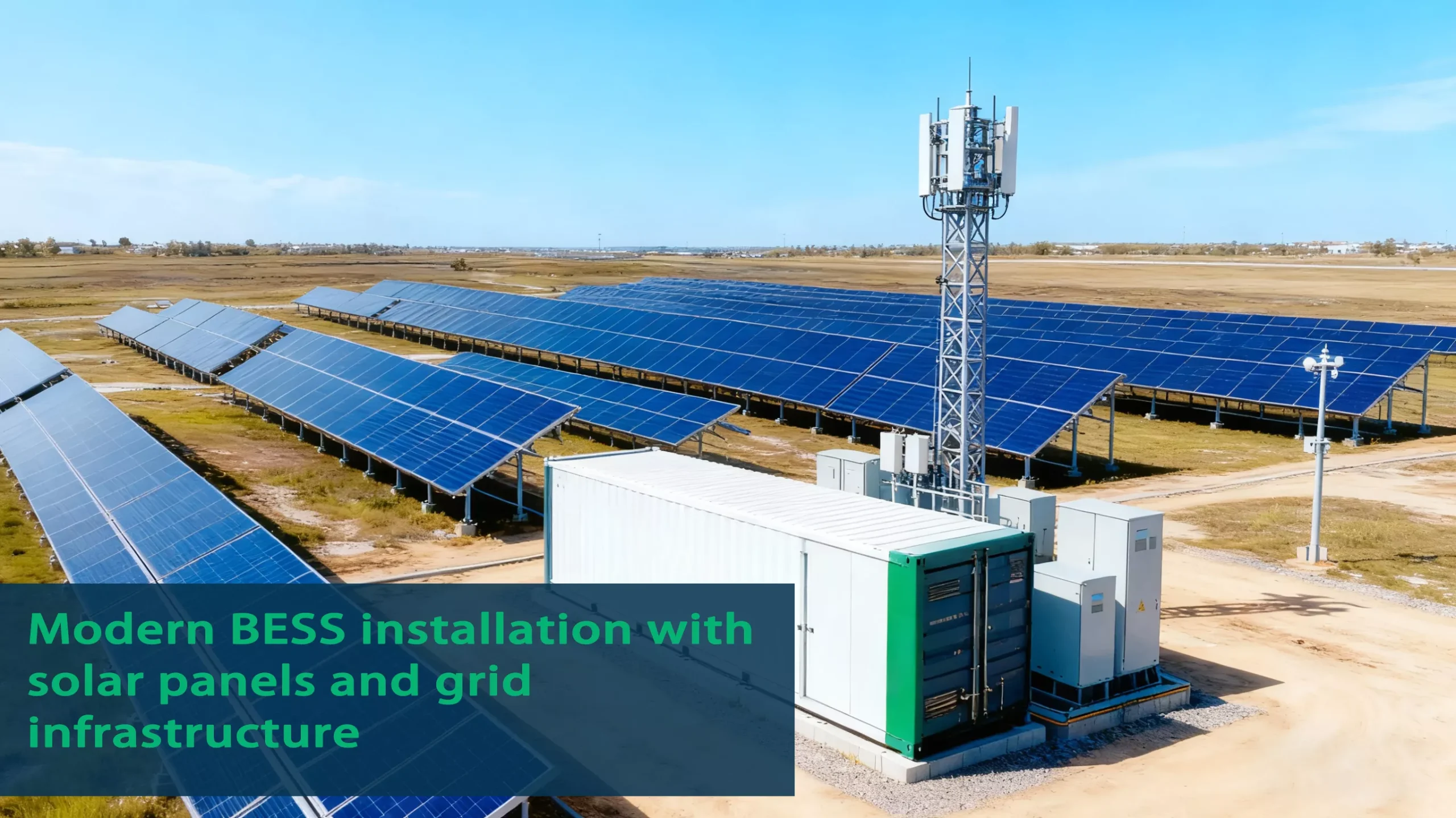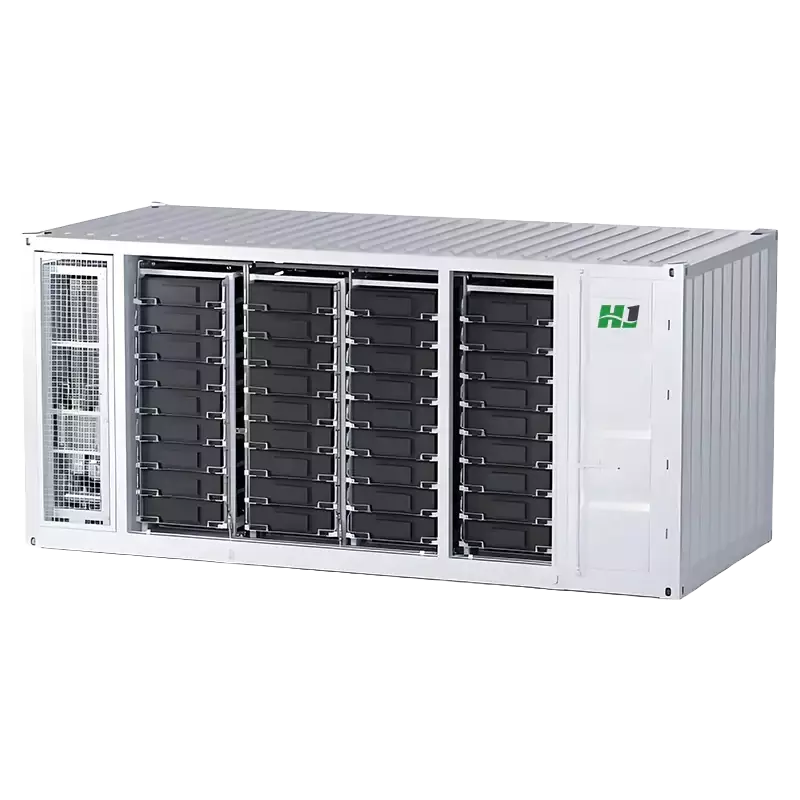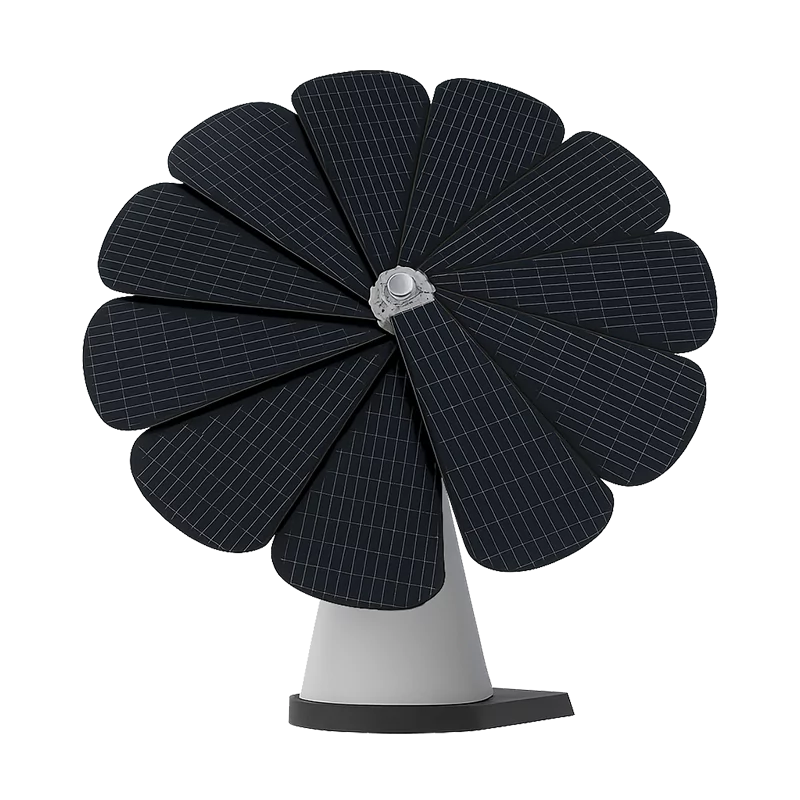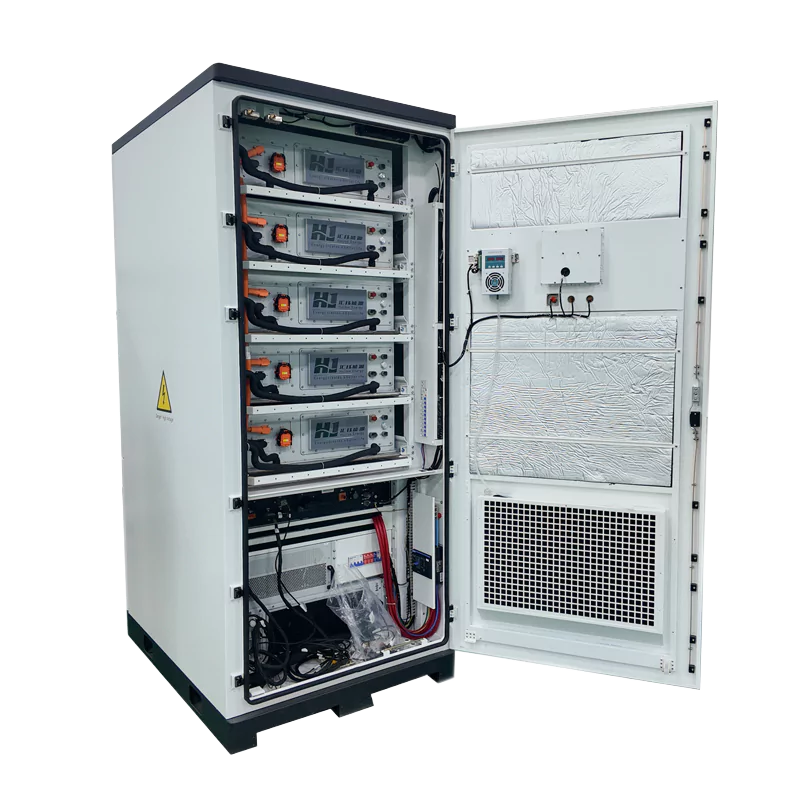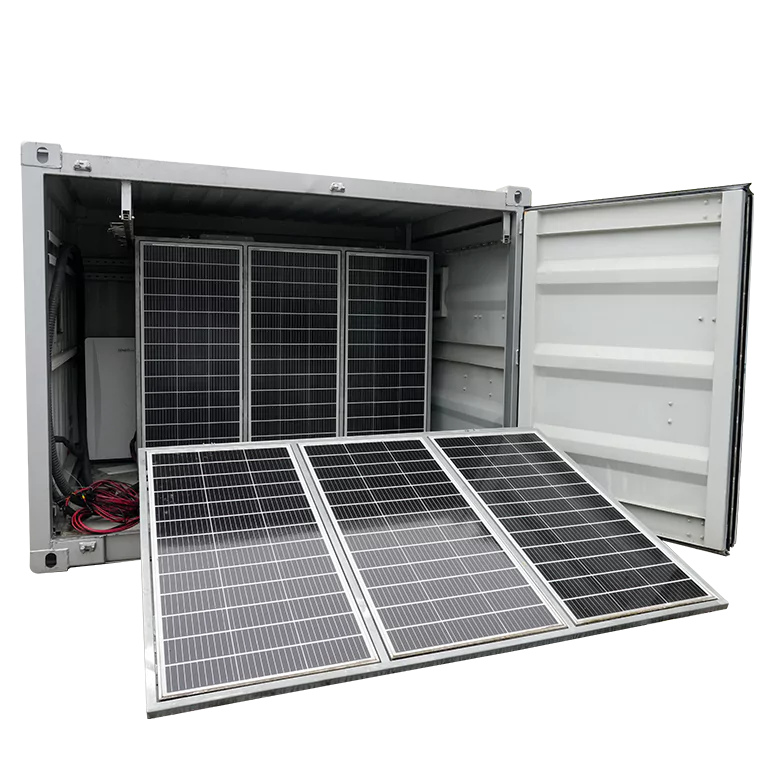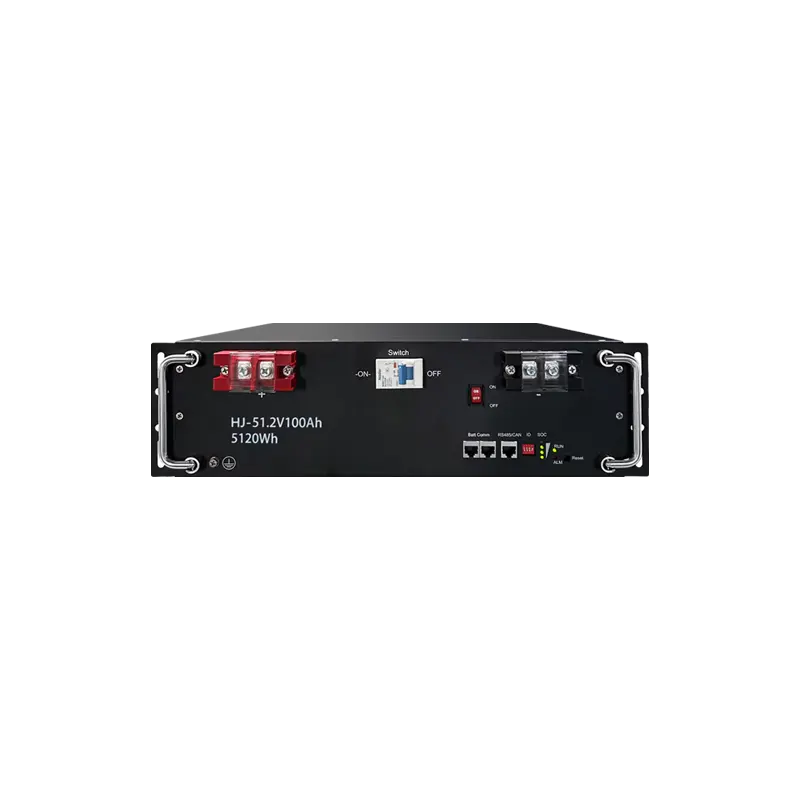BTS in Rural India: PMGSY Solar Water Pumping Scheme
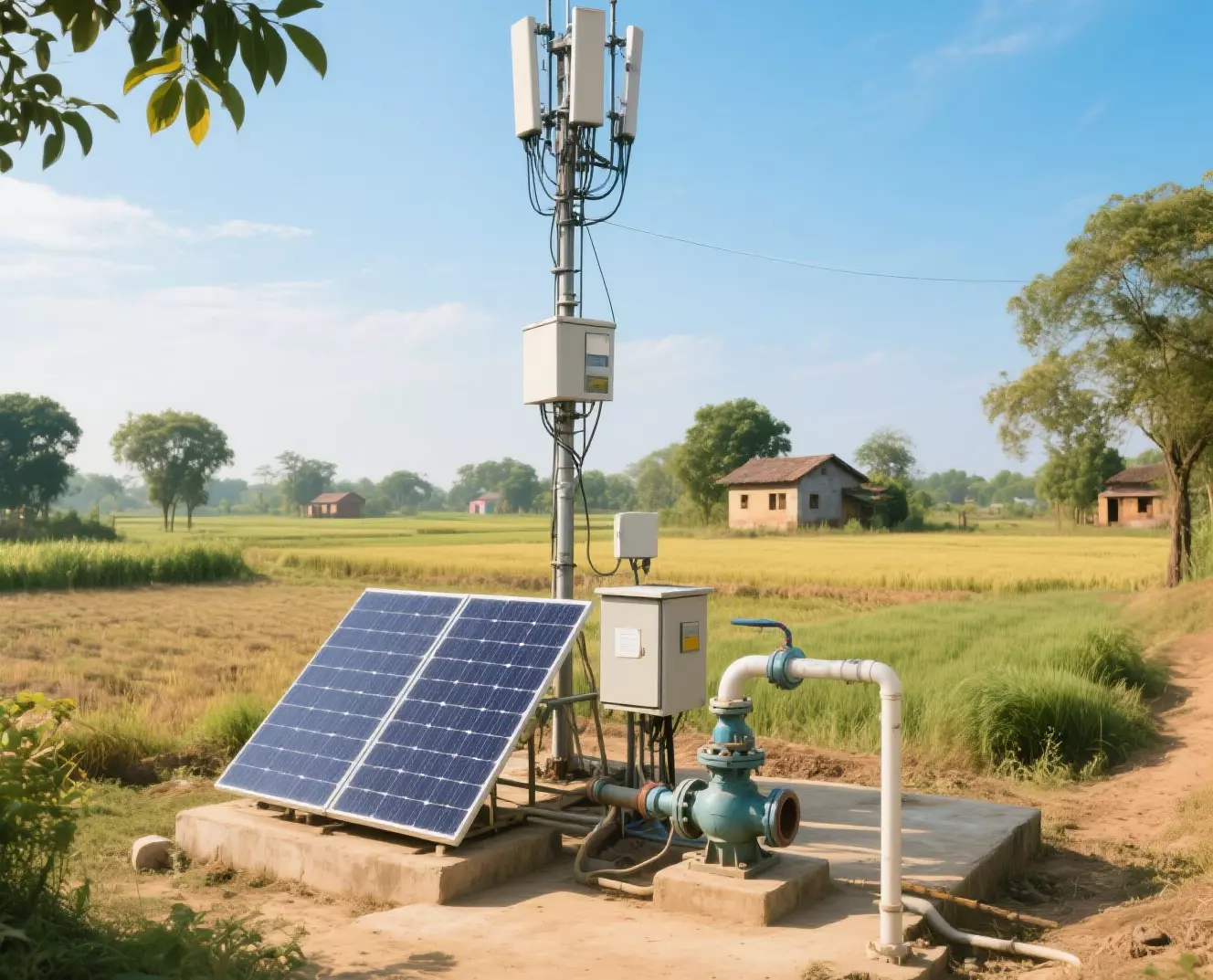
India’s Rural Energy Dilemma: Connectivity vs. Irrigation
Across India’s 600,000 villages, two critical challenges intersect:
- 250,000+ telecom BTS sites suffer 8+ hour daily power cuts, relying on diesel gensets that cost operators ₹9,000 crore annually
- Agriculture’s 18% power demand goes unmet, with 30 million farmers depending on erratic grid/diesel pumps
The PMGSY Scheme (now covering 768,892 km of rural roads) provides the infrastructure backbone to deploy an innovative solution: integrated solar systems powering both telecom towers and irrigation pumps simultaneously.
Technical Breakdown: How Hybrid Solar BTS+Pump Systems Work
Core Components
| Telecom Side | Pump Side | Shared Infrastructure |
|---|---|---|
| • 5-10kW solar PV array | • 6-12kW solar pump inverter | • Smart energy management system (EMS) |
| • HighJoule HJESS sodium-ion batteries (20-125kWh) | • 7.5HP AC motor with VFD | • MPPT charge controllers |
| • IP65 enclosures (50°C rated) | • 20,000L/day water output | • Remote monitoring platform |
Energy Flow Optimization
- Daytime: Solar PV prioritizes pump operation (peak irrigation hours)
- Night/Cloudy: Stored battery power ensures 99.9% BTS uptime
- Excess Energy: Diverted to community microgrids (PM-KUSUM compliant)
PMGSY’s Policy Synergies: Making Projects Viable
Financial Incentives
- PM-KUSUM: 60% subsidy on solar pumps
- M-SIPS: 25% capex reimbursement for telecom infrastructure
- NOFN: Additional grants for digital inclusion projects
Example ROI:
- 5kW BTS + 3HP pump system (₹18-22 lakhs)
- 3.2 year payback with subsidies
- ₹1.2 lakh/year savings vs diesel
Proven Success: Uttar Pradesh & Andhra Pradesh Case Studies
Uttar Pradesh Pilot (2023)
- 5 solar BTS sites co-located with 8 solar pumps
- Results:
- 98% network uptime (from 72%)
- 60% lower irrigation costs
- 300+ women accessing Agri-tech via reliable connectivity
Andhra Pradesh Deployment
- 47 systems over 12 months
- Outcomes:
- 92% diesel reduction
- 318 farmers gaining year-round irrigation
- 99.4% telecom availability
Why HighJoule’s Solutions Lead the Market
Differentiators
- Climate-Adapted Design
- Liquid-cooled batteries (45-50°C performance)
- Anti-dust PV coatings (tested in Rajasthan & Gujarat)
- From single 5kWh BTS (HJ-51.2V100Ah)
- To 1MWh cluster solutions (like Eritrea 2MWh project)
- PMGSY road access planning
- PM-KUSUM subsidy documentation
- DISCOM grid-tie approvals
Implementation Roadmap (8–16 Weeks)
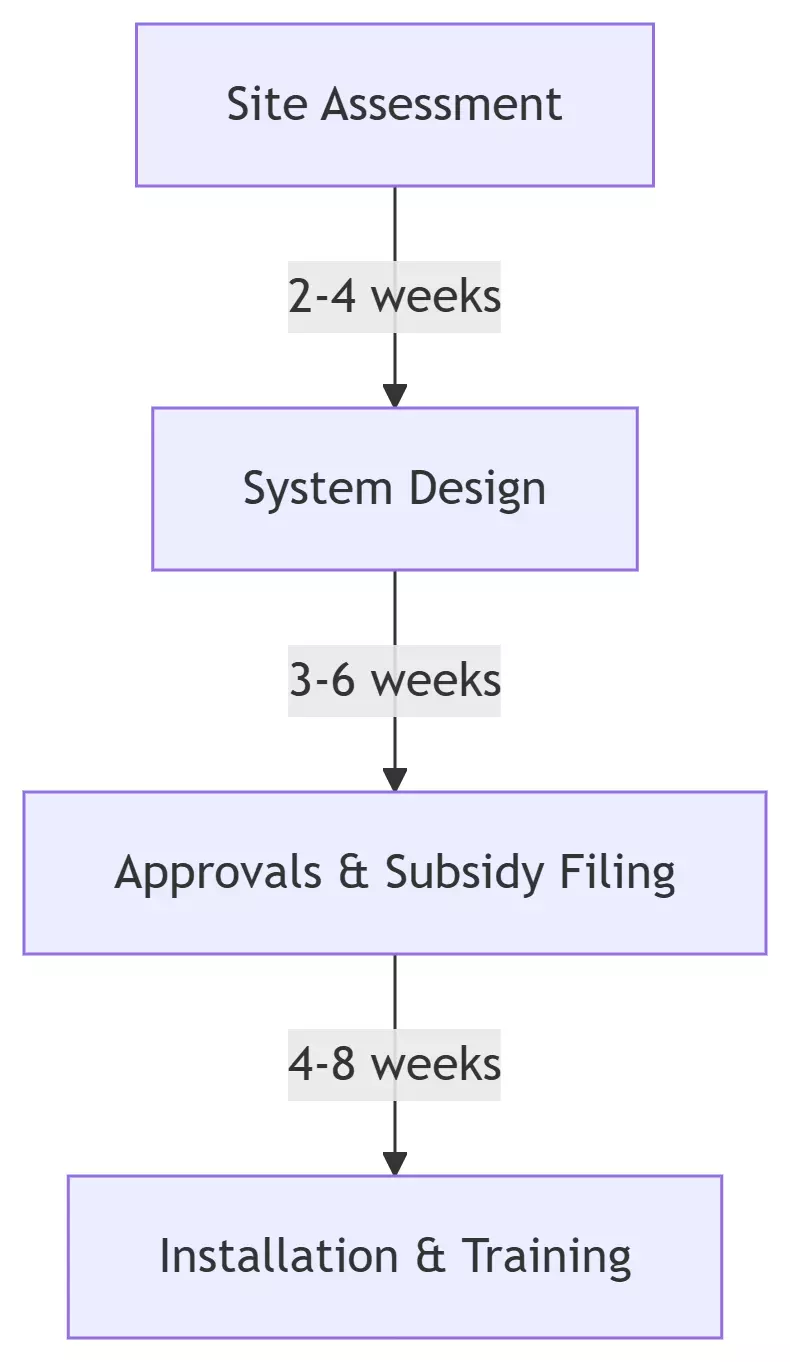
Key Steps:
- Terrain mapping (solar irradiance + water table depth)
- Load profiling (BTS power demand vs pump requirements)
- Energy-sharing algorithm customization
The Future: Aligning with India’s 2030 Goals
This model directly supports:
- 50% diesel reduction in telecom (DoT target)
- 100% 4G coverage (BharatNet initiative)
- Climate-smart agriculture (PM-KUSUM Phase-III)
Find Your Solar + Battery Storage Specialist Now!
* Fill out this form and our experts will help you find the perfect solar storage solution for your home or business.


